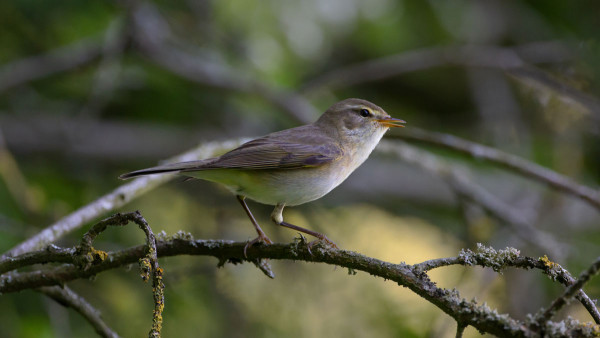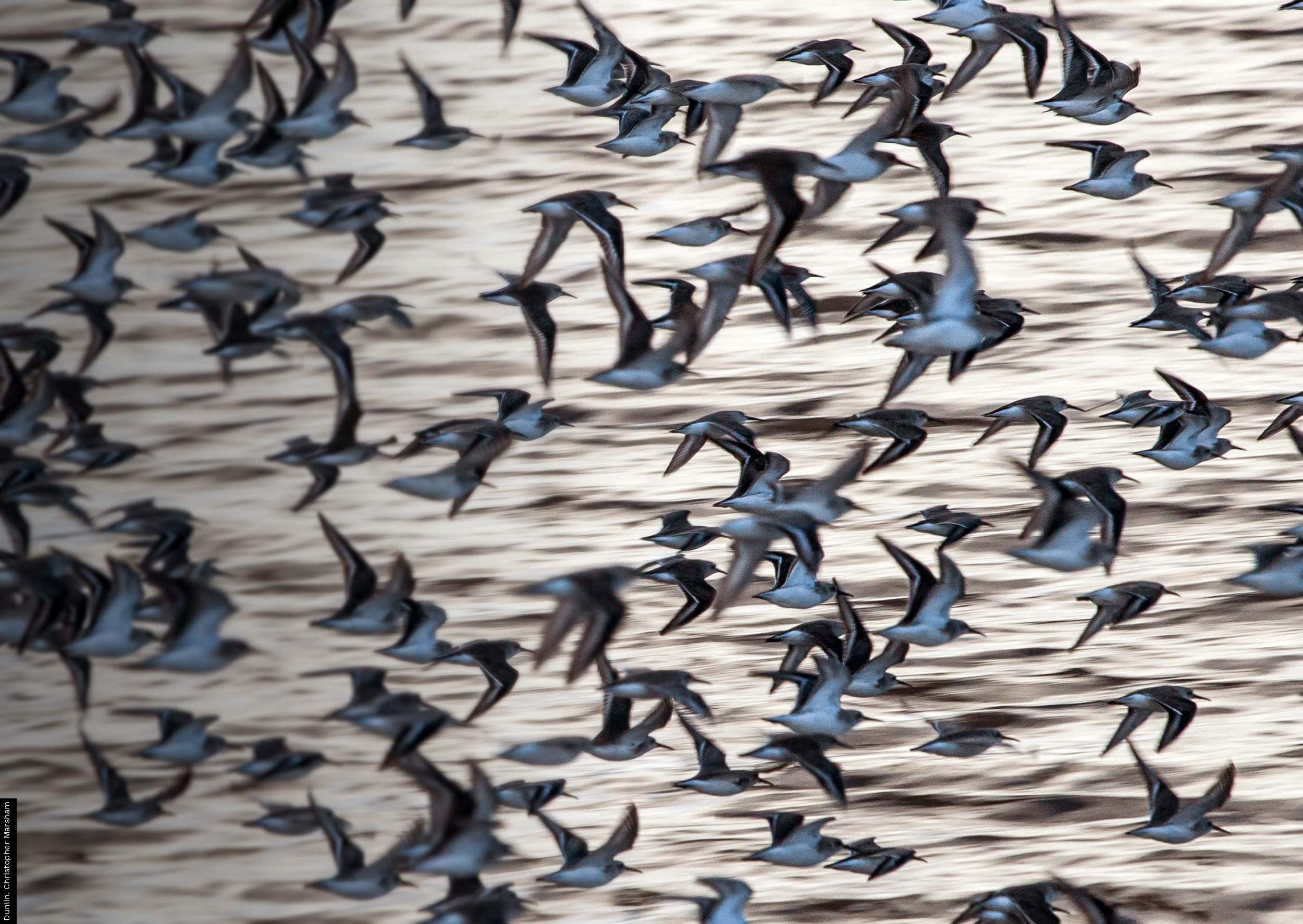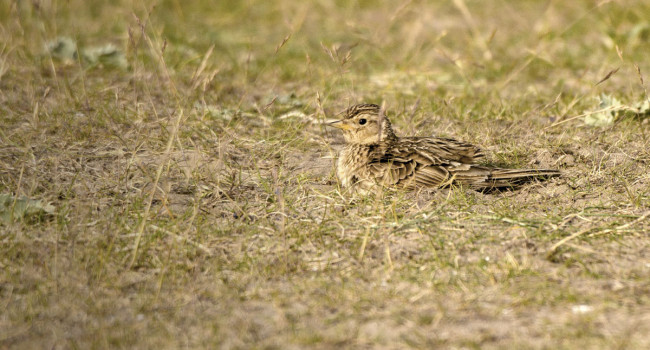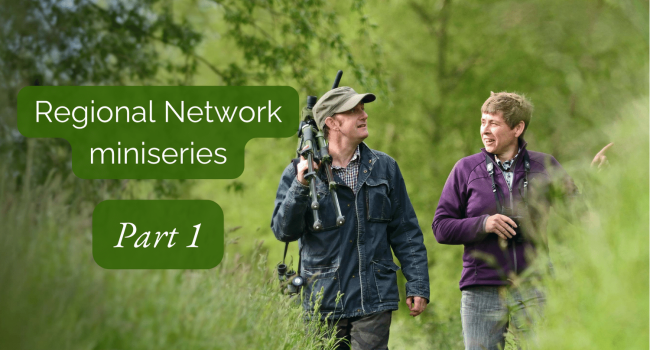A tale of two warblers
13 May 2021
The BTO/RSPB/JNCC Breeding Bird Survey (BBS) relies on volunteers to monitor a selected 1-km square for breeding birds each spring. Due to COVID-19 restrictions in 2020, survey coverage was limited, especially so in Scotland, Wales and Northern Ireland. Restrictions were lifted in time for some volunteers to survey their allocated squares, and fortunately, enough late-season visits were made in England to allow selected trends to be produced.
As a result, the latest BBS report uncovers interesting trends for two very similar warblers in England: the Willow Warbler and the Chiffchaff. They both breed throughout the country and are found in woodland and scrub habitats, and indeed also look alike.
However, this report shows that their fortunes are quite different. During the last 24 years, the breeding population of Willow Warblers in England has declined by 45%, whilst that of the Chiffchaff has increased by 114%.
Despite their similar appearance, they have different migration and overwintering behaviours. Willow Warblers are long-distance migrants and spend the winter in Sub-Saharan Africa, whereas Chiffchaffs are short-distance migrants, heading only as far as Europe or North Africa for the winter – and some even stay in the UK. It is likely that they face different pressures during their respective migration and overwintering periods, which is thought to have contributed to their disparate long-term trends.
Other highlighted trends include the increase of Nuthatch and Great Spotted Woodpecker populations, and the number of Red Kites has surged in the past 24 years, despite heading towards extinction in the early 80s.
The full report covers the Breeding Bird Survey and Waterways Breeding Bird Survey across the UK and takes a look at how these data contribute to ornithology and conservation beyond the trends.






Share this page